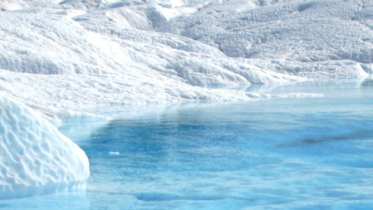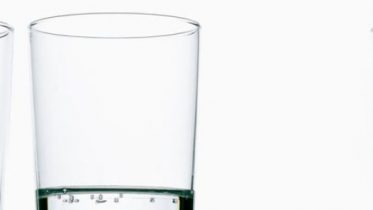Domain names are no longer free in Argentina
- 23 April 2014
- New legislation
Registration of .COM.AR domain names has finally got a price: 160 AR pesos per year (around 14.40 euros). Legal and Technical Department’s Resolution No 20/2014 became effective as from March 5 and applies to both new and existing websites, in which latter case the registration fee will be paid at the time of renewal.
Opinions, of course, are not unanimous. The debate among those in favor and against the registration fee started from the very beginning, when the project was still under study. The main issues were related to:
the new fee (if there is an option of paying for something or receiving it for free, it is logical to prefer the latter),
the mystery about what would be the fee to be paid,
the limitation this would mean to access (we think that the higher the fee, the lower chance of access, and fewer people accessing)
and what would be the destination of the collected funds.
Finally, the resolution is here, and beyond these valid questions, we should now ask ourselves: What’s good about having to pay for a domain?.
In fact, there are some advantages. To begin with, the fact that you have to pay for a domain name registration will limit a widespread practice, that is, to register a large number of domain names and keep them inactive, waiting for someone to pay for them. “Cybersquatters” (as they are known), register lots of phrases, expressions, words and even trademarks and names of celebrities with the sole intention of selling them to those having a genuine interest in them, i.e., their actual owners.
What were the options, for example, for small businesses when a “cybersquatter” had registered their trademarks? How would they position themselves on the Web if the domain of their site could not be their own name? Although there were ways to recover these domains, often they simply opted for “paying the ransom”.
It is difficult to know how many of the domains registered in our country were held by cybersquatters, but until last year 70% of all .com.ar domains remained inactive.
Having to pay for “reserving” a name will undoubtedly discourage this practice and will benefit those who indeed wish to make use of the domain names which were previously “blocked.”
The new rule requires an identification of the owner of the domain name, be it an individual or a company.
Until now, you could use a false name and a nonexistent ID for filing the registration, which was carried out online without having to produce any evidence of the information supplied. From now on, this is no longer possible, which will give greater reliability and accuracy to domain registration.
Also, by resolution No.19/2014, new domain name registrations and renewals will be published in the Official Gazette, an excellent idea to promote awareness of the use of any name that is deemed meaningful to a particular individual or company, such as a brand, company or organization name, and file a complaint if deemed necessary.
The global trend, by the way, is to charge a domain registration fee, and increasingly less countries do not charge such a fee. The 160 pesos (around 20 dollars) that will be paid per year in Argentina to own a .com.ar domain is similar to the 15 dollars paid in Brazil for .com.br domains, and well below the registration fees paid in Chile -70 dollars every two years– for .com.cl domains, as well as the 35 dollars per year of the renowned .com.









